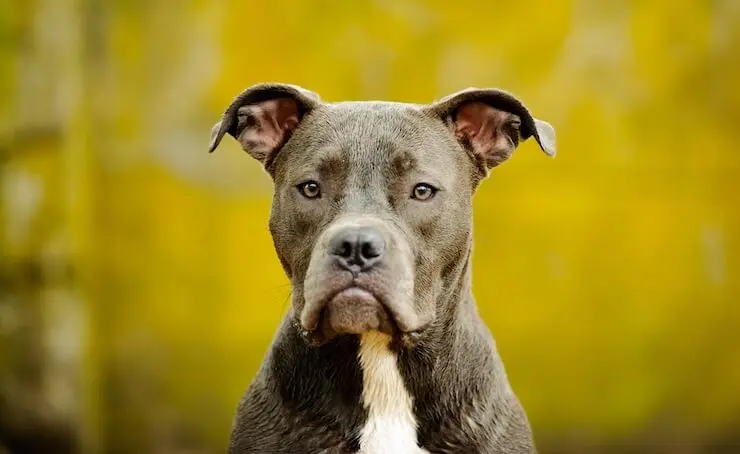
Richard stratton is a sources from kind of people who deal with this kind of breed for more than 50 years and explain the complete difference between this breed and other similar breeds. If you want to know the real history of this breed, check the entrys of UKC and ADBA about this breed or read the book of Richard F Stratton: The truth about the american pitbull terrier. Lightner and Con Feeley were breeders who worked hard on this lineage. It only happened that since they were genetically close, this made it easy to pass on certain traits–and so came along the red coat, red lips, red toenails, red or amber eyes, and a red nose. These dogs weren't purposely bred for color, but rather for their gameness. These were dogs belonging to a tight-knit family that were often inbred and who excelled in the pit. Now, here is where things get even more confusing! You may have heard about a red nose pit bull that originated from the bloodline: Old family red nose (OFRN) of Ireland. Nowadays, pit bulls with a red coat ranging from deep red to light honey red are very popular, and so is the associated red nose. So a red-nose pit bull is just a pit bull that happens to have a red nose, it is not a different breed of dog, and as such, it is not rare or expensive as some unscrupulous breeders may want people to believe! The term red-nose and blue-nose are therefore for the most part backyard breeder terms. It is a little bit different from the conventional blue color you are used to, in the dog world, it's more like a grayish color ranging from light silver to a deep charcoal. Here comes the element of surprise: despite what you may have heard, the blue-nose pit bull is not an entirely separate breed of dog, it's simply a pit bull who happens to have a blue nose.Ī pit bull with a blue nose mostly has what we know as “a blue coat.” Alright, before you get confused about what this means when we say blue, it is not like the electric blue or Smurfette blue one thinks of when you think about colors. In case you haven't noticed, the average nose color of most dog breeds is black however, in the bluenosed pit bull, the color of the nose’s leather (skin) just like the name implies, is blue. Blue Pit Bulls Are Pit Bulls With Blue NosesĪre you wondering what a bluenose pit bull is? Here are some interesting blue nose pit bull facts. All that mattered is that these dogs were able to excel in what they were bred for and take over certain tasks.īlue pit bulls are not as rare as thought. Back in those old days, coat color and nose color was probably the least important thing considered.

Years later, when these bloody sports were finally outlawed in Great Britain in 1835, these dogs were then introduced to the United States by English immigrants who employed them on their farms.

In these bloody sports, dogs that originated from the Bull and Terrier, a fighting dog developed in the 1800s, were forced to face these animals in the pit fighting circuit for entertainment purposes. What does the term pit bull really mean by the way? The term pit bull derives from the ancient bloody sports of bear-baiting and bull-baiting. But then, if one is asked exactly what type of pit bull? One can then go more into specifics and give out the exact breed name within the pit bull category. The term 'setter' has been used to depict breeds within the setter category like the English setter, Gordon setter, Irish red and white setter, and the Irish setter. Just like the term "hound" is used to depict breeds within the hound category like the beagle, bloodhound, and basset hound. For the sake of clarity, the term "pit bull" is used to depict a certain type of dog.


 0 kommentar(er)
0 kommentar(er)
